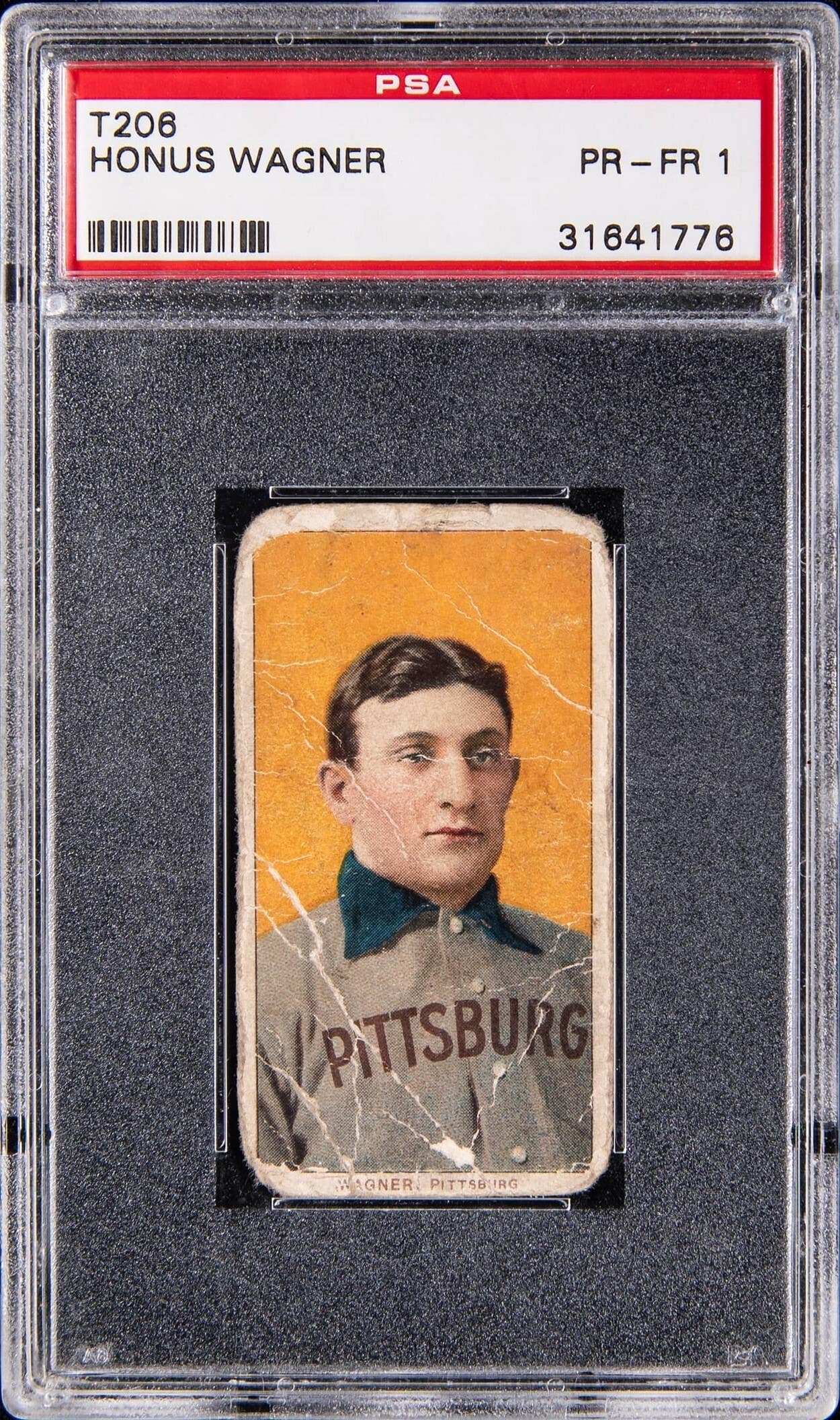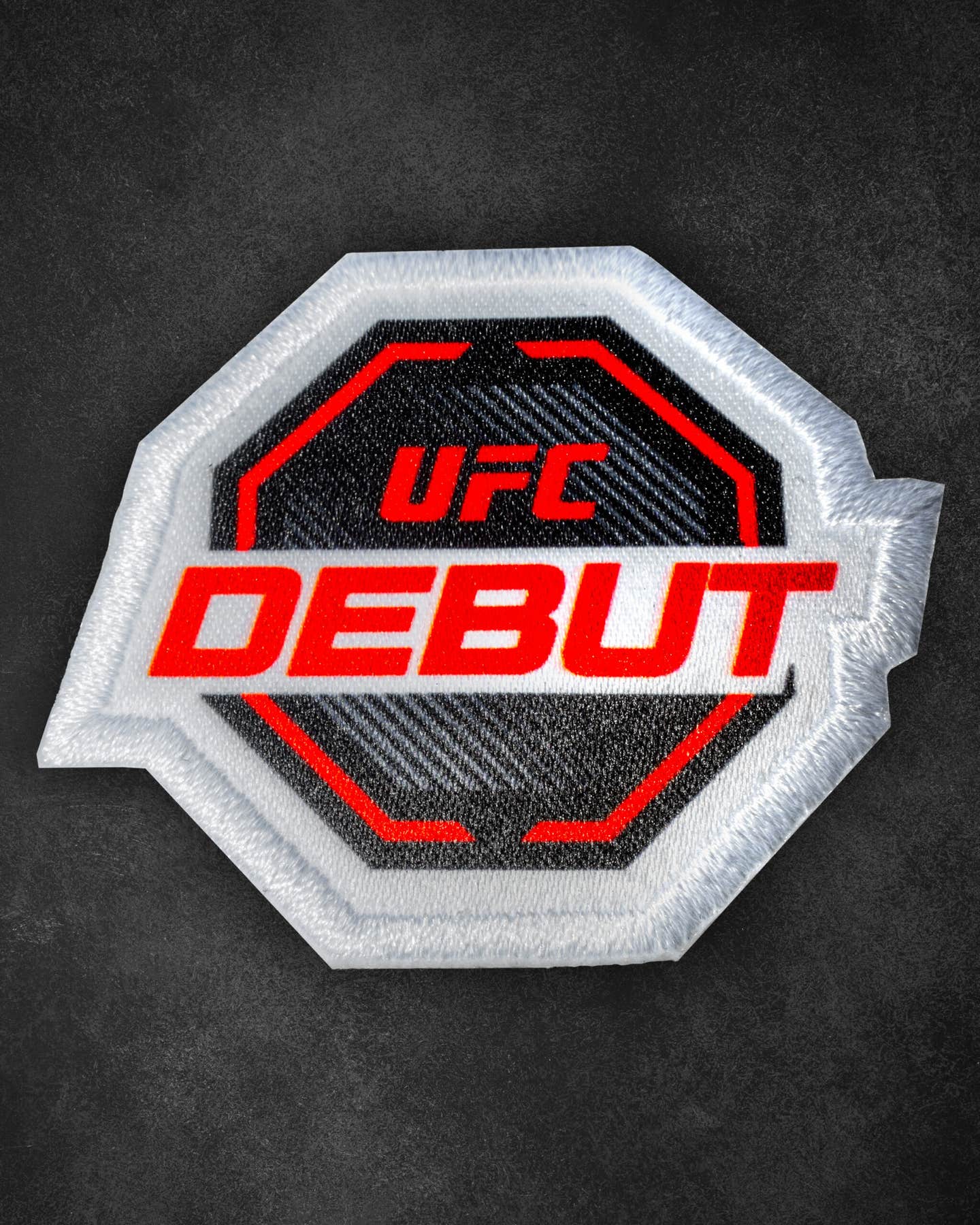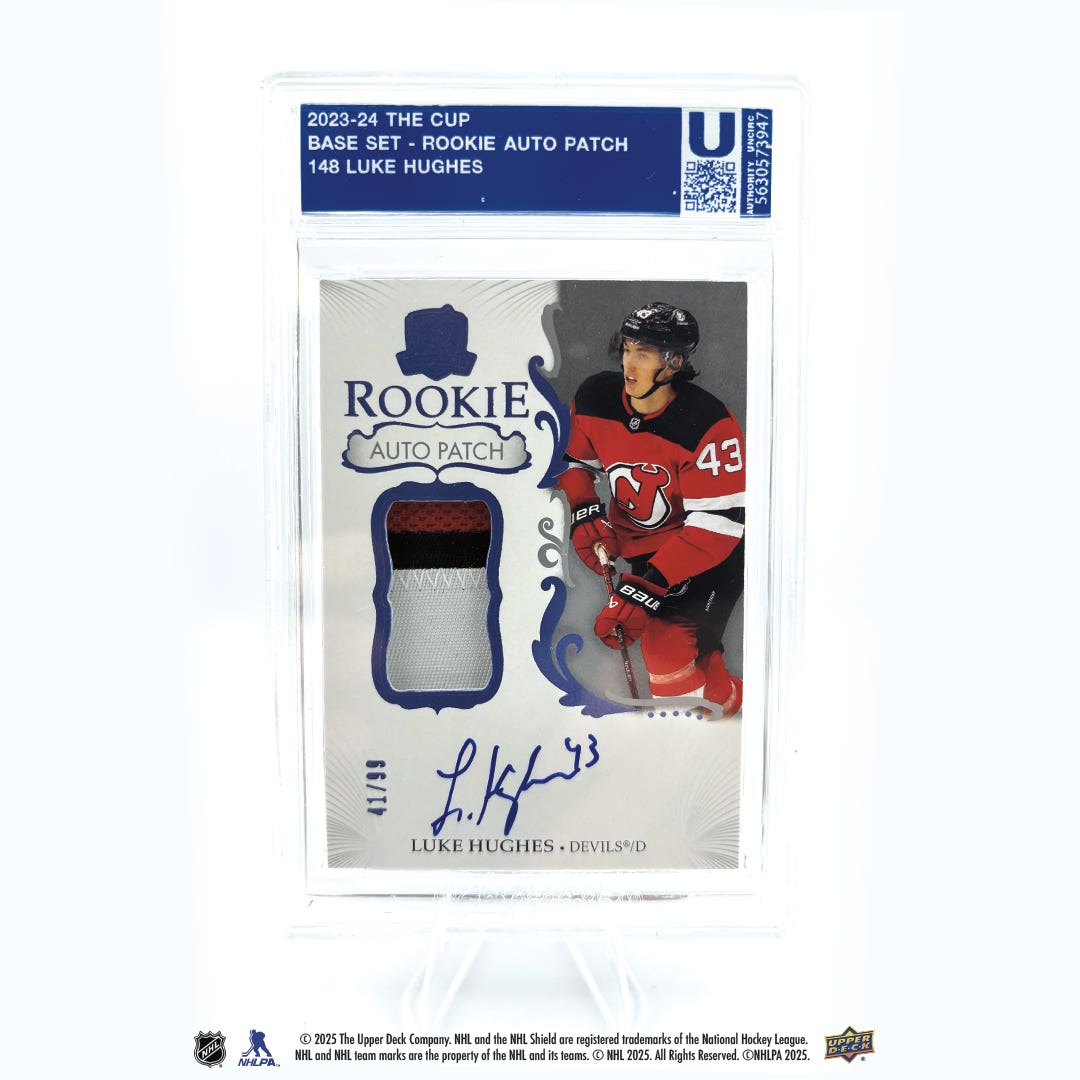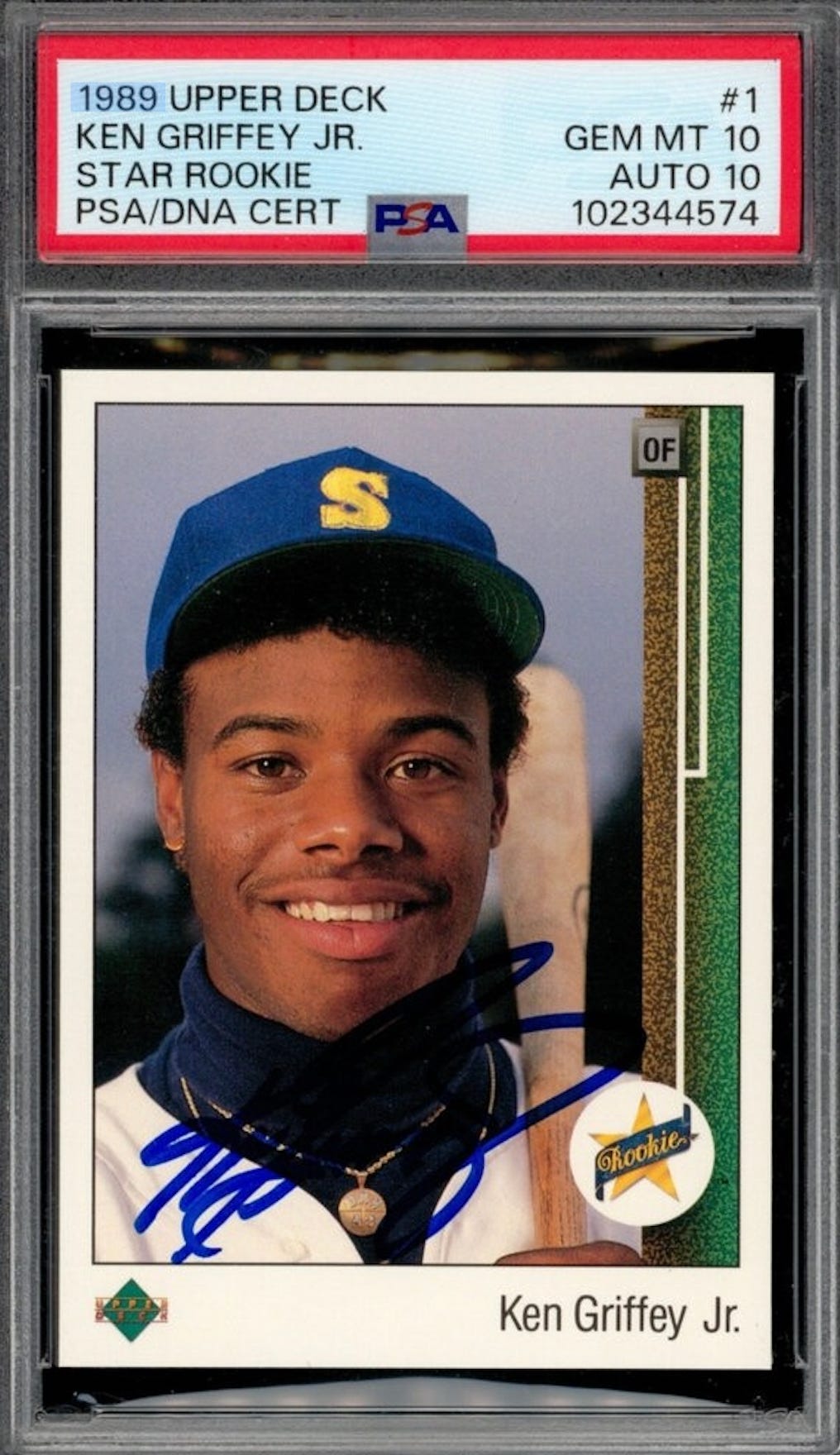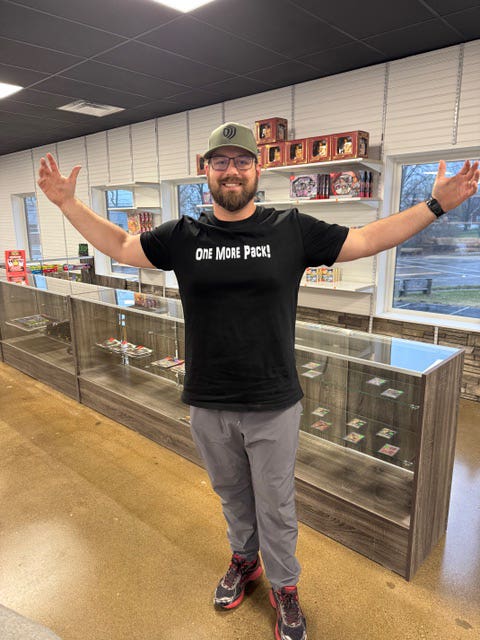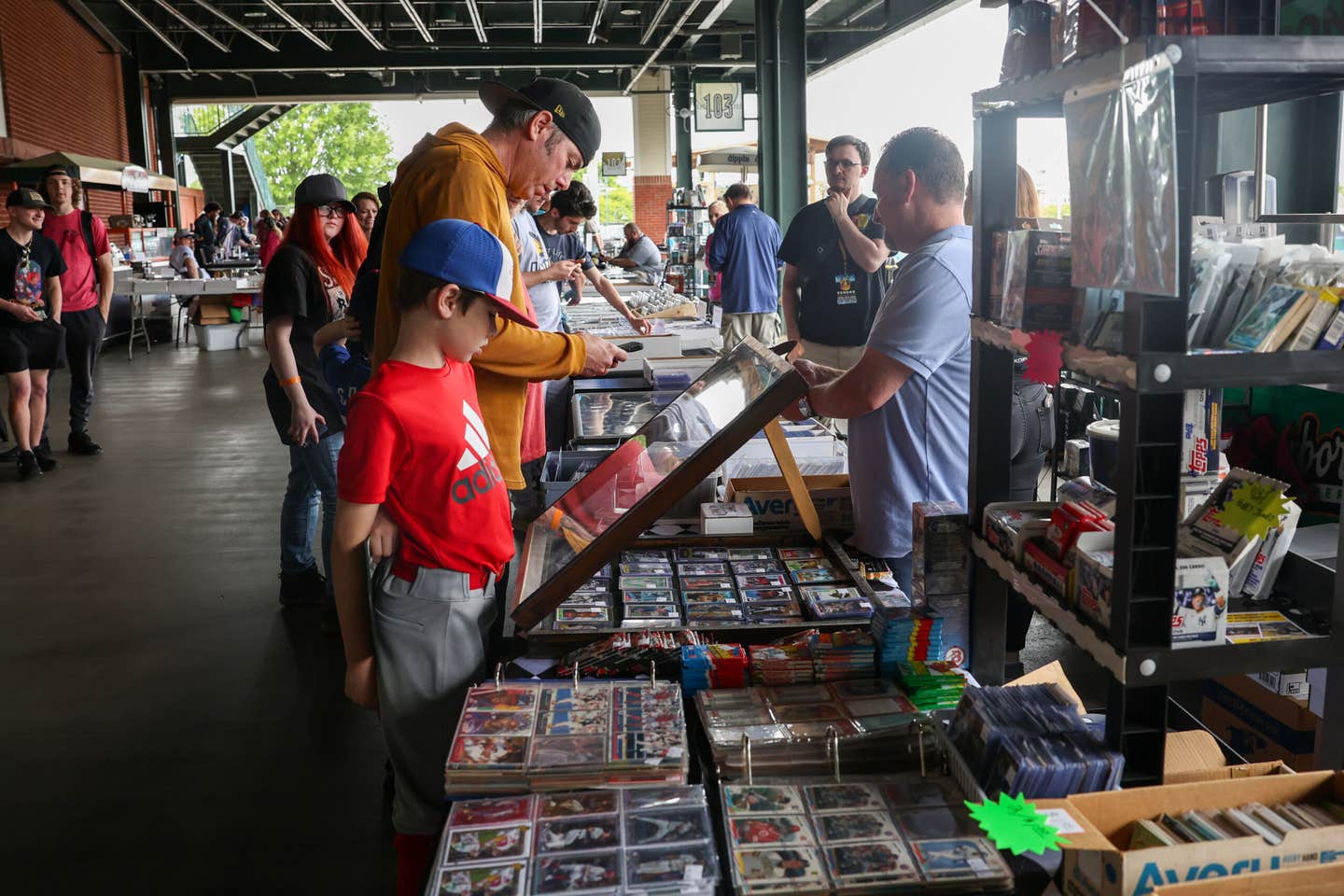News
New plaque for Jackie coming this summer
The Hall of Fame announced a couple of weeks ago that Jackie Robinson would be getting a new plaque at the baseball shrine in Cooperstown. It had been scheduled for unveiling on May 3, but a scheduling conflict for Jackie's widow, Rachel Robinson, prompted HOF officials to move it to later this summer.
So how come the legendary HOFer needed a new plaque a full 46 years after getting his original? I feel like a dolt for not having known this, but the current plaque includes no mention whatsoever of Robinson's singular role in shattering the color line in 1947.
As remarkable as that sounds, I think I understand how that could have come about in 1962, and in any event it's not something I'd want to bother newly anointed HOF President Jeff Idelson about in these first weeks after he assumed the new role.
I can see how the tumultuous times in the early 1960s might have prompted HOF officials to use wording that amounted to "just the facts," and nothing more. What surprises me more than the original wording is the fact that it remained unchallenged for as long as it did.
* * * * *
The slowdown that shows have endured over the last decade-plus has allowed – ironically – more time for those things that helped make the shows so special in the first place: interaction with other dealers and reminiscing about the good old days.
At Kansas City, that meant things like Heritage’s Mark Jordan recalling the early 1970s in Los Angeles, appearing on Entertainment Tonight and promoting the hobby on local television at a time when it was in its infancy, to say the least. The nostalgia angle got another boost after Levi Bleam of 707 Sportscards collared me with his cell phone to talk with Tony Galovich, a name serious collectors and dealers will remember from the 1980s and 1990s when he was a fixture at shows around the country and a hard-hitting columnist with Tuff Stuff magazine.
I talked with Tony long enough to pass on that I had recently visited with (electronically) a couple of other names he would remember: Don Lepore and Frank Barning. Both need no introduction to hobby old-timers: the former was a prolific dealer for much of the hobby’s heyday; the latter a similarly well-known face at early shows and the publisher for many years of one of the pioneering hobby publications, Baseball Hobby News.
Such is the joy of what we do: celebrating the past with the very structure of our hobby and, at the same time, recalling the many names that once played significant roles that might have receded into the background over the years. I have found that any number of folks might not turn up at the National or in the pages of SCD as time goes on, but hardly anybody actually shakes off the hobby itself.
George Starmer, another of the hobby’s major nice guys, emphasized that by regaling me with a story about selling a cool Tiger Woods Upper Deck Authenticated piece. “I hated to part with it,” said Starmer, illustrating the age-old hobby dilemma that dealers have to contend with: being a dealer and a collector at the same time. According to Starmer, the temptation to hang on to as the transaction was finalized was enormous. He resisted; I found the item, a Tiger shirt with original artwork on the front, proudly on display a couple of tables away at McAvoy Sportscards.
But the neatest story of the weekend came from Mike Baker of Global Authentication, perched adjacent to the SCD table, who got the star treatment for much of the weekend as a number of dealers and collectors alike stopped by to tell him they had seen him on Judge Judy.
Baker had appeared as an expert witness on the show a few days earlier, the result of a taping in Burbank, Calif., in January. A collector was trying to get his money back from the purchase of a clumsily counterfeited 1941 Play Ball Joe DiMaggio. The card came with the requisite yarn about having been handed down from generation to generation, but Baker’s detailed explanation to the Judge about the “card’s” obvious deficiencies (including RP initials on the back tagging it as a reprint), helped produce a quick decision from the judge confirming Baker’s expert opinion.
“The guy who owned the card was convinced that it was real,” said Baker, alluding to the power of the narrative within our hobby to convince the uninitiated that something is real, despite all evidence to the contrary. Baker modestly conceded that the episode represented his “15 minutes,” something that’s likely to be extended as the syndicated program gets rerun over the years.



